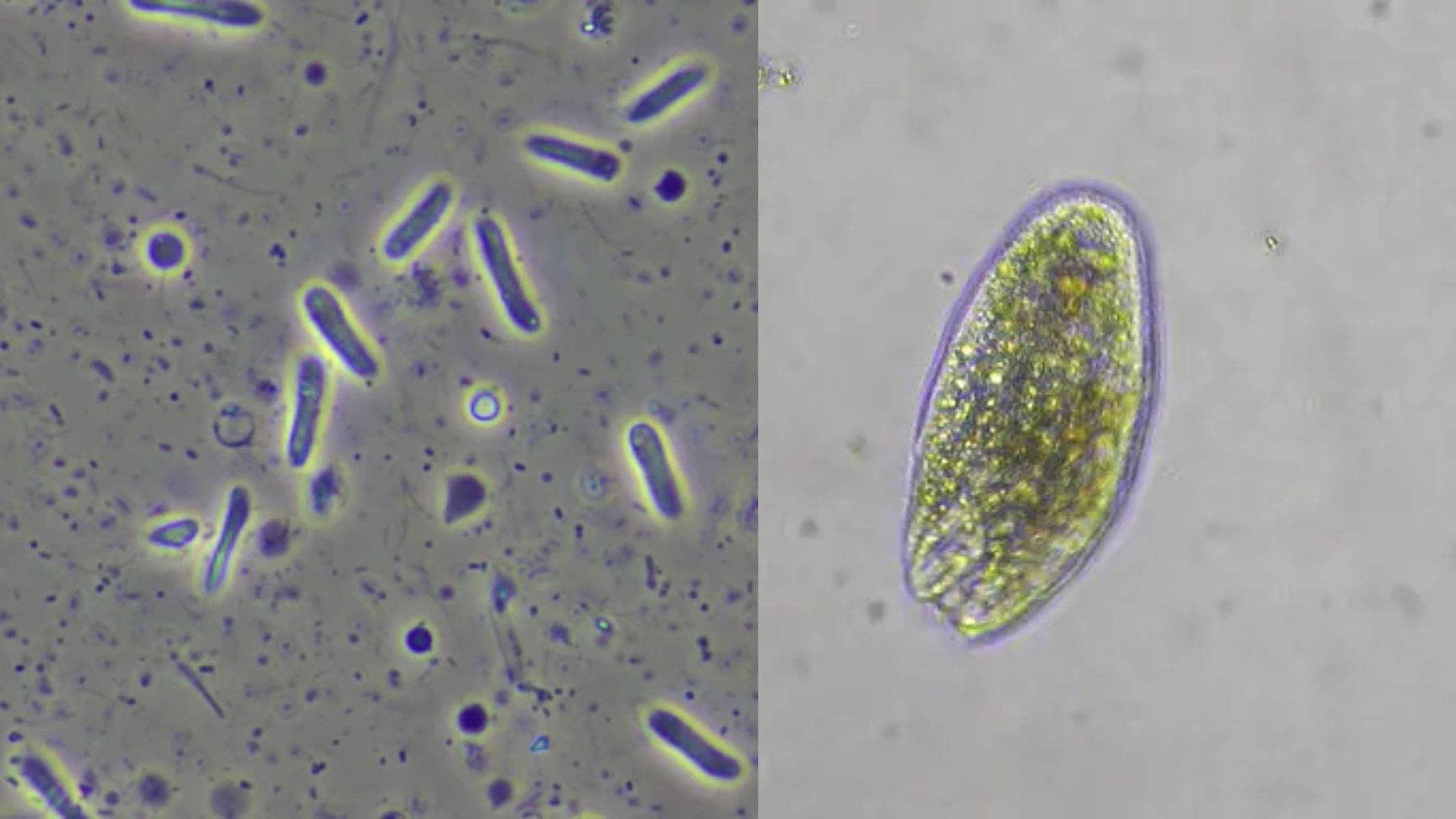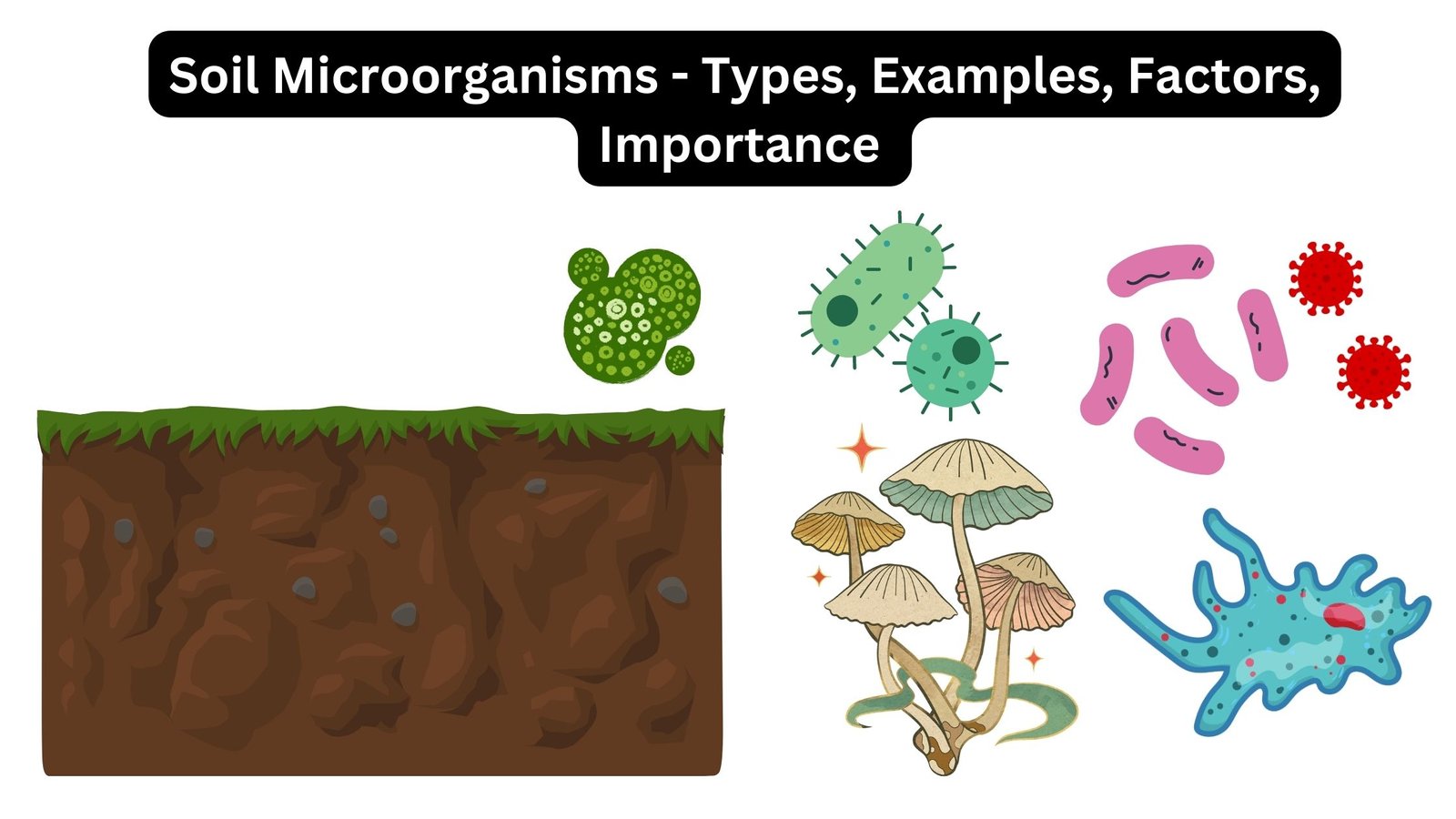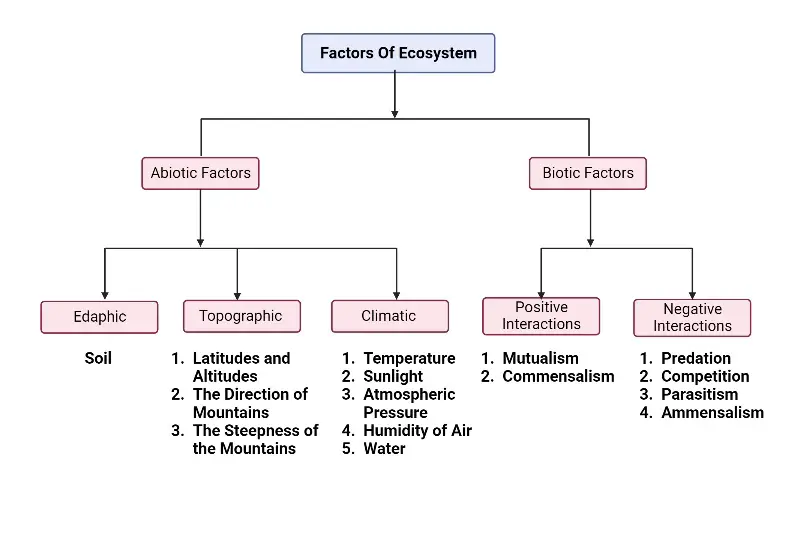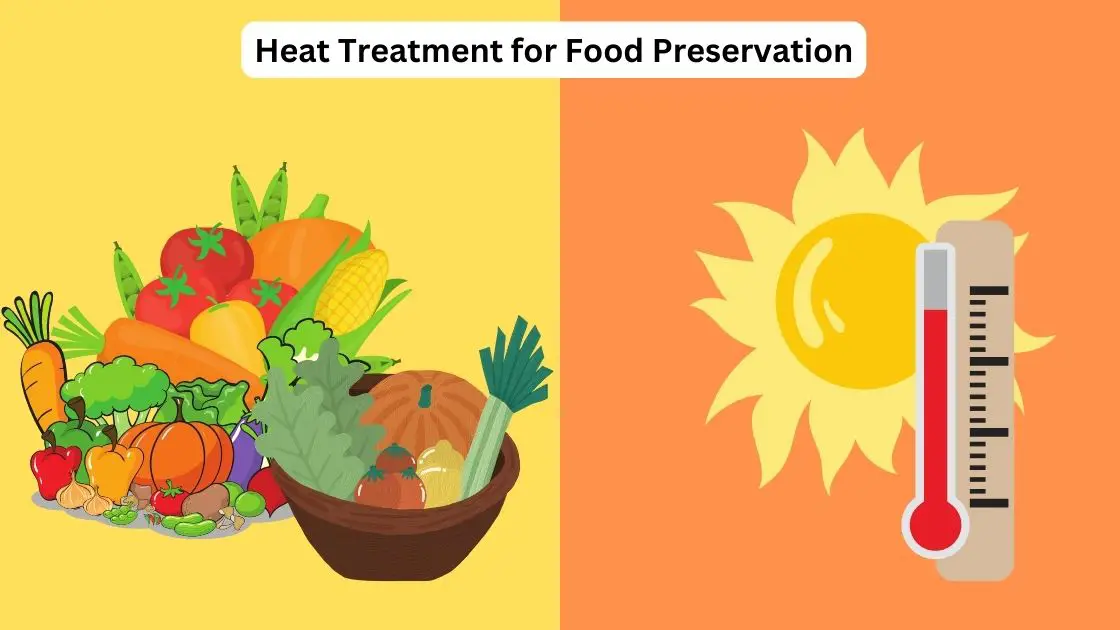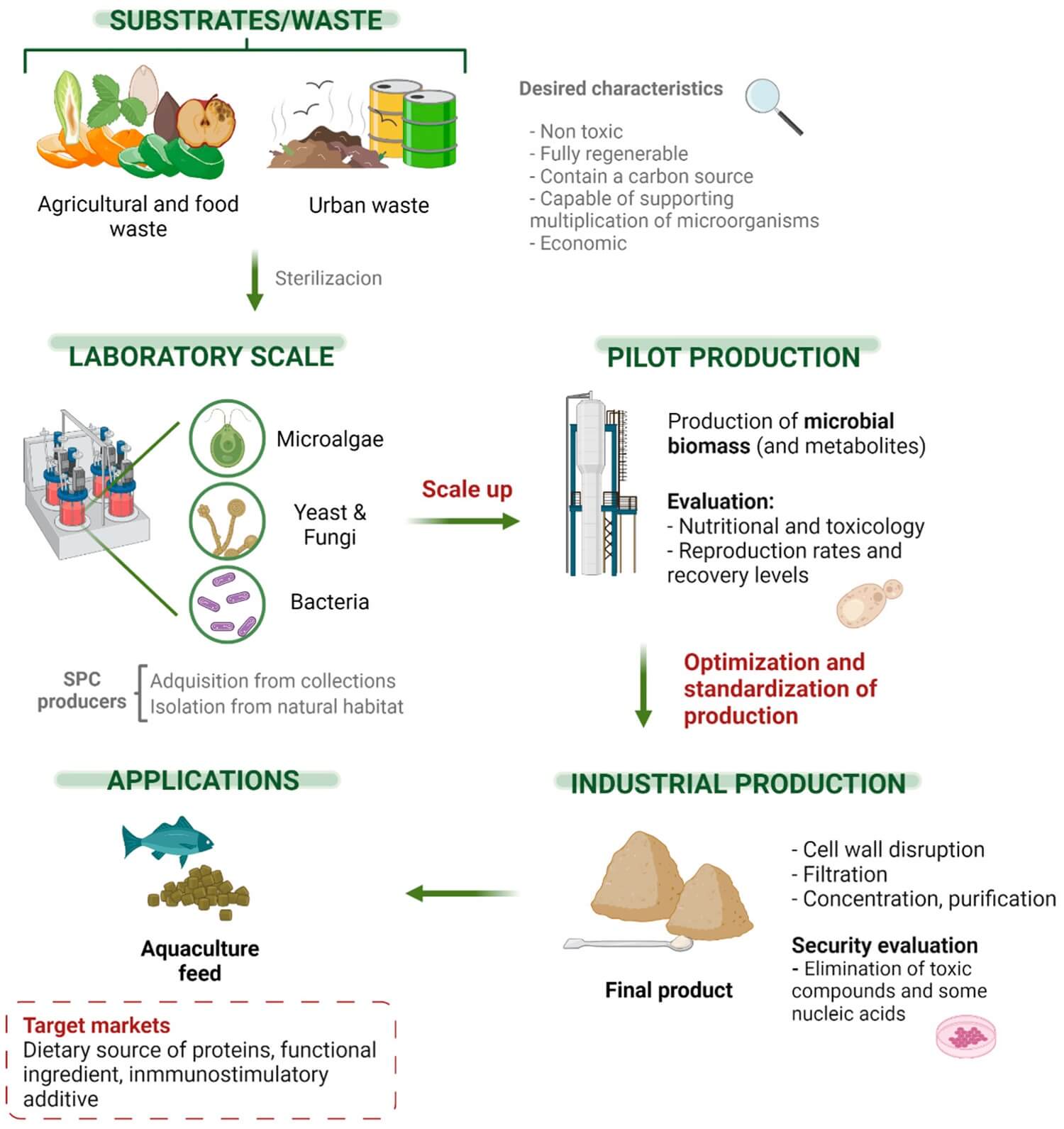Types of Microorganisms In Pond Water
Types of Microorganisms In Pond Water 1. Arthropods 2. Bacteria 3. Protozoa 4. Hydra 5. Algae Algae are autotrophic protists commonly found in pond water. They exhibit a wide range of colors, with most microorganisms being green, while some may appear yellowish-brown. The diversity of algae extends to their structure, where they can exist as … Read more
